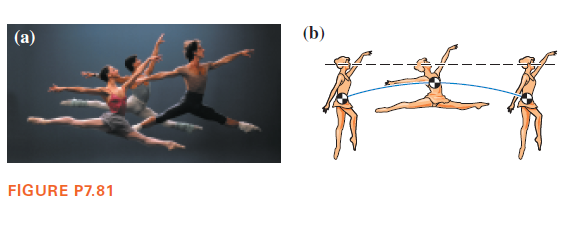Angular Momentum
The momentum of an object is given by multiplying its mass and velocity. Momentum is a property of any object that moves with mass. The only difference between angular momentum and linear momentum is that angular momentum deals with moving or spinning objects. A moving particle's linear momentum can be thought of as a measure of its linear motion. The force is proportional to the rate of change of linear momentum. Angular momentum is always directly proportional to mass. In rotational motion, the concept of angular momentum is often used. Since it is a conserved quantity—the total angular momentum of a closed system remains constant—it is a significant quantity in physics. To understand the concept of angular momentum first we need to understand a rigid body and its movement, a position vector that is used to specify the position of particles in space. A rigid body possesses motion it may be linear or rotational. Rotational motion plays important role in angular momentum.
Moment of a Force
The idea of moments is an important concept in physics. It arises from the fact that distance often plays an important part in the interaction of, or in determining the impact of forces on bodies. Moments are often described by their order [first, second, or higher order] based on the power to which the distance has to be raised to understand the phenomenon. Of particular note are the second-order moment of mass (Moment of Inertia) and moments of force.
The grand jeté is a classic ballet maneuver in which a dancer executes a horizontal leap while moving her arms and legs up and then down. At the center of the leap, the arms and legs are gracefully extended, as we see in P7.81a. The goal of the leap is to create the illusion of flight. As the dancer moves through the air, he or she is in free fall. But what part of the dancer follows the usual parabolic path? It won’t come as a surprise to learn that it’s the center of gravity. But when you watch a dancer leap through the air, you don’t watch her center of gravity, you watch her head. If the translational motion of her head is horizontal—not parabolic—this creates the illusion that she is flying through the air, held up by unseen forces.
P7.81b illustrates how the dancer creates this illusion. While in the air, she changes the position of her center of gravity relative to her body by moving her arms and legs up, then down. Her center of gravity moves in a parabolic path, but her head moves in a straight line. It’s not flight, but it will appear that way, at least for a moment.
In addition to changing her center of gravity, a dancer may change her moment of inertia. Consider her moment of inertia about a vertical axis through the center of her body. When she raises her arms and legs, this
A. Increases her moment of inertia.
B. Decreases her moment of inertia.
C. Does not change her moment of inertia.

Trending now
This is a popular solution!
Step by step
Solved in 3 steps with 1 images




